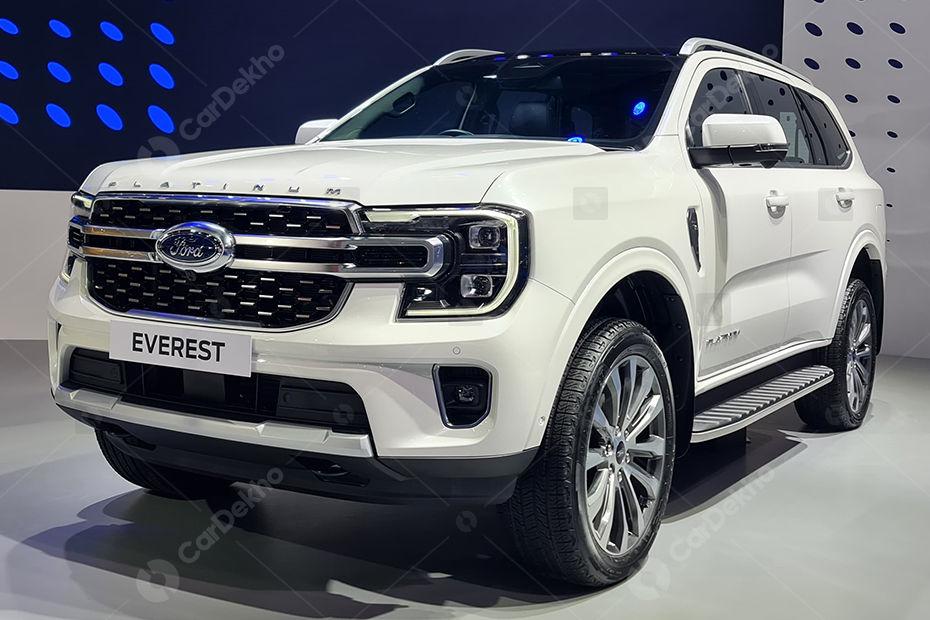Ford engineers trade spanners for 3D sunglasses
Published On May 16, 2013 10:46 AM By CarDekho
- Write a comment
The room where Ford cars of tomorrow are fine-tuned appears slightly incongruous at first glance. Large white walls form a three-sided box with projectors throwing images on to each wall and the ceiling. Mounted in the middle is a dummy car interior. However, once you climb into the car seat and slip on 3-D glasses framed with motion detectors, the screens instantly melt into a hyper-realistic virtual world where you find yourself immersed in the computer-simulated interior of a new car.

Ford Motor Company calls it the 3-D CAVE and it has changed the way cars are designed and refined. Rather than building multiple real-world vehicle prototypes – a time-consuming and resource-intensive process – Ford uses the 3-D CAVE to test and refine thousands of details of new car designs from the size and position of a cup-holder to rear-window visibility.

“We can now conjure up a car in the digital world, and then actually get in and experience it,” said Michael Wolf, virtual reality supervisor, Ford of Europe. “We still rely on the know-how and imagination of our prototype engineers to bring designs accurately to life, but now they have at their disposal a much more sophisticated tool to do so.”

Engineers using the 3-D CAVE in Cologne, Germany, sit in a dummy car interior as vehicle 3-D simulations are projected onto the ceiling and three surrounding walls. Wearing special polarising glasses and monitored by a motion-detecting infra-red system, they interact with the virtual vehicle by, for example, determining the reach to rear view mirrors or to place bottles into door pockets.
The CAVE uses an animated external environment with pedestrians and cyclists to help engineers assess visibility of the outside world from inside the car. It also enables engineers to access and compare at the push of a button multiple designs – including vehicle interiors produced by other manufacturers. Ford’s CAVE in Cologne is supported by an identical set-up in Dearborn, U.S., and further single-wall facilities make it much easier to move prototypes around the world.
Engineers used the CAVE to quickly identify the potential of the new B-MAX’s Easy Access Door System, which offers hinged front doors and sliding rear doors that integrate the central body pillars to provide unrivalled access for passengers and luggage. It also helped ensure the rear quarter window offers the best view for driving in urban conditions, and 3-D simulations of different windscreen wiper approaches enabled engineers to identify the “butterfly” system – whereby the wipers move in opposing directions – as providing best visibility.
For the Focus, Ford used the CAVE to optimise windscreen wiper effectiveness; to maximise roominess for rear passengers by testing designs for the front seats and headrests; to evaluate door frame design impact on visibility; and to minimise reflections that can affect the view through windows and of information displays.
Ford is now investigating incorporating controls that operate the in-car entertainment system, open and close windows, and provide advanced driving simulations. Real-time global illumination scenarios could allow engineers to analyse how interior lighting and reflections change through the course of the day and according to changing weather conditions.















